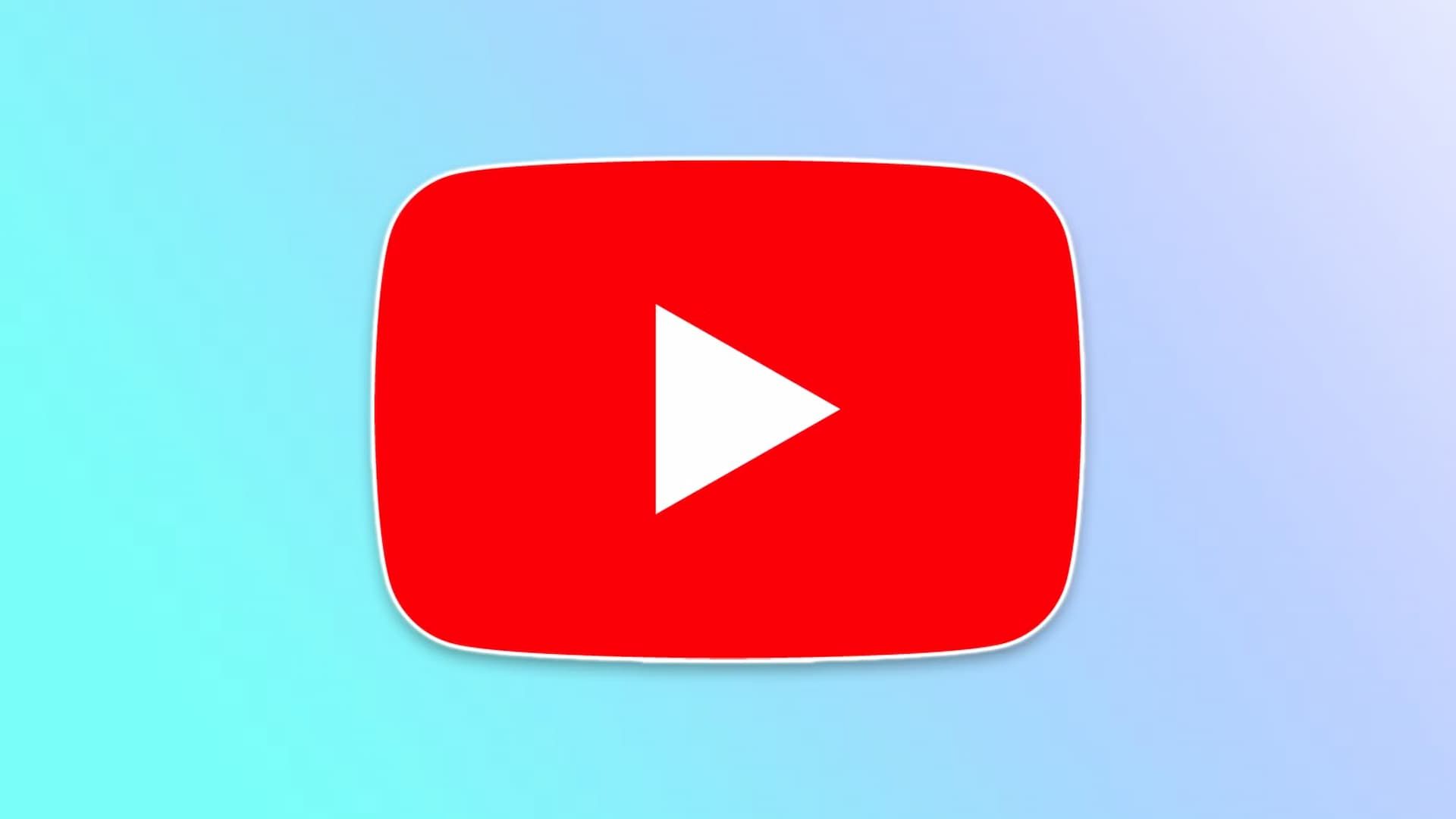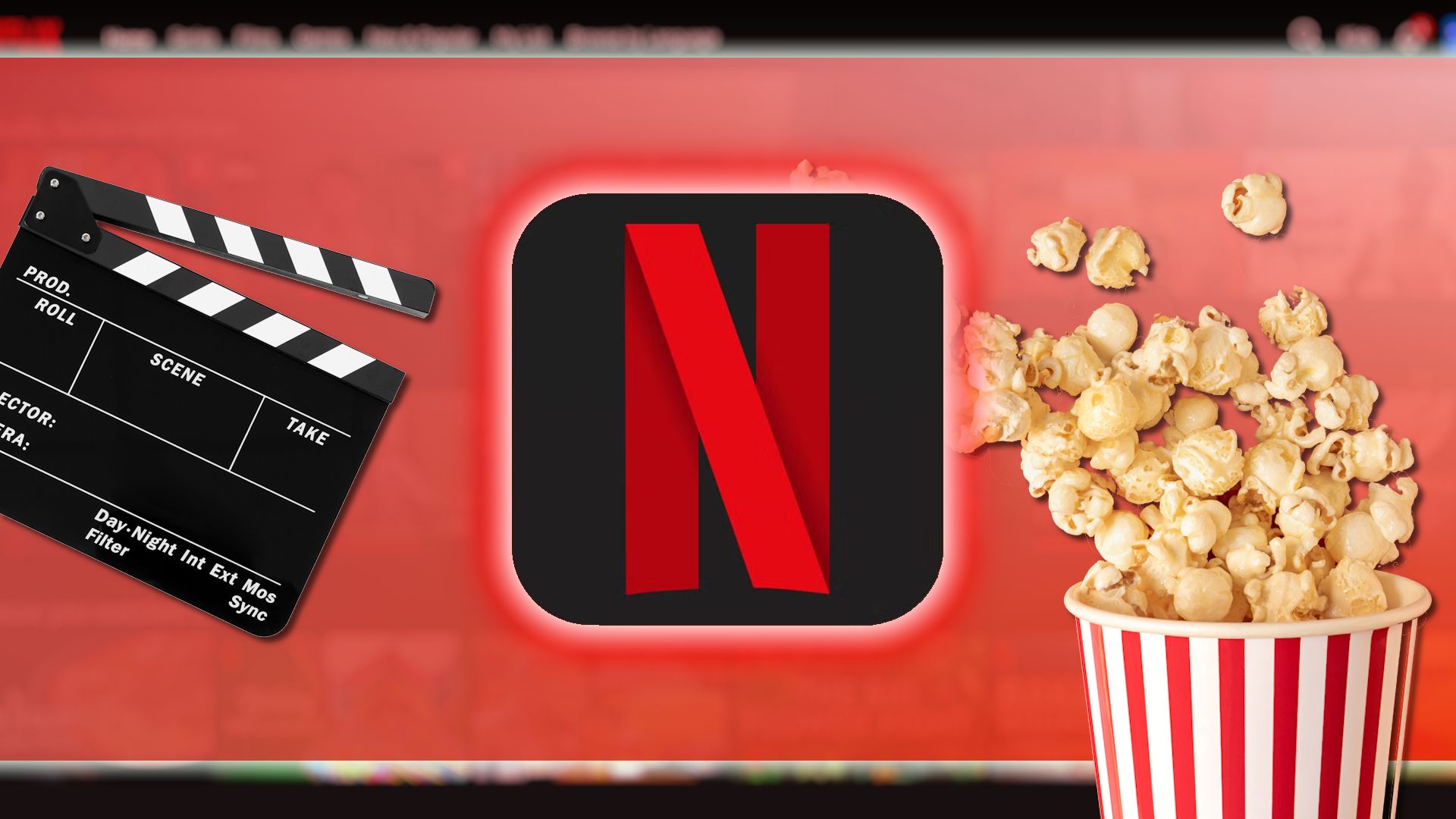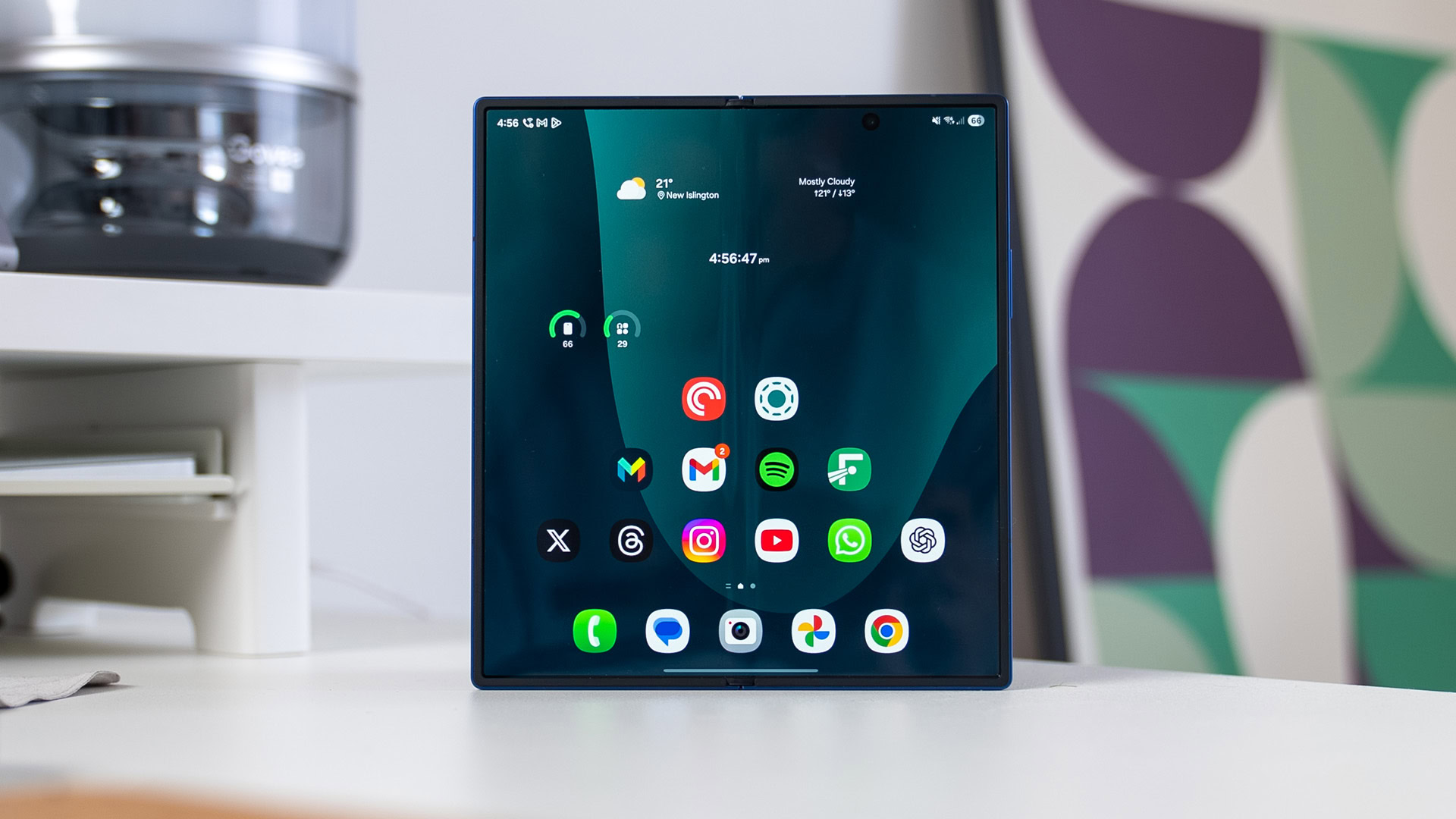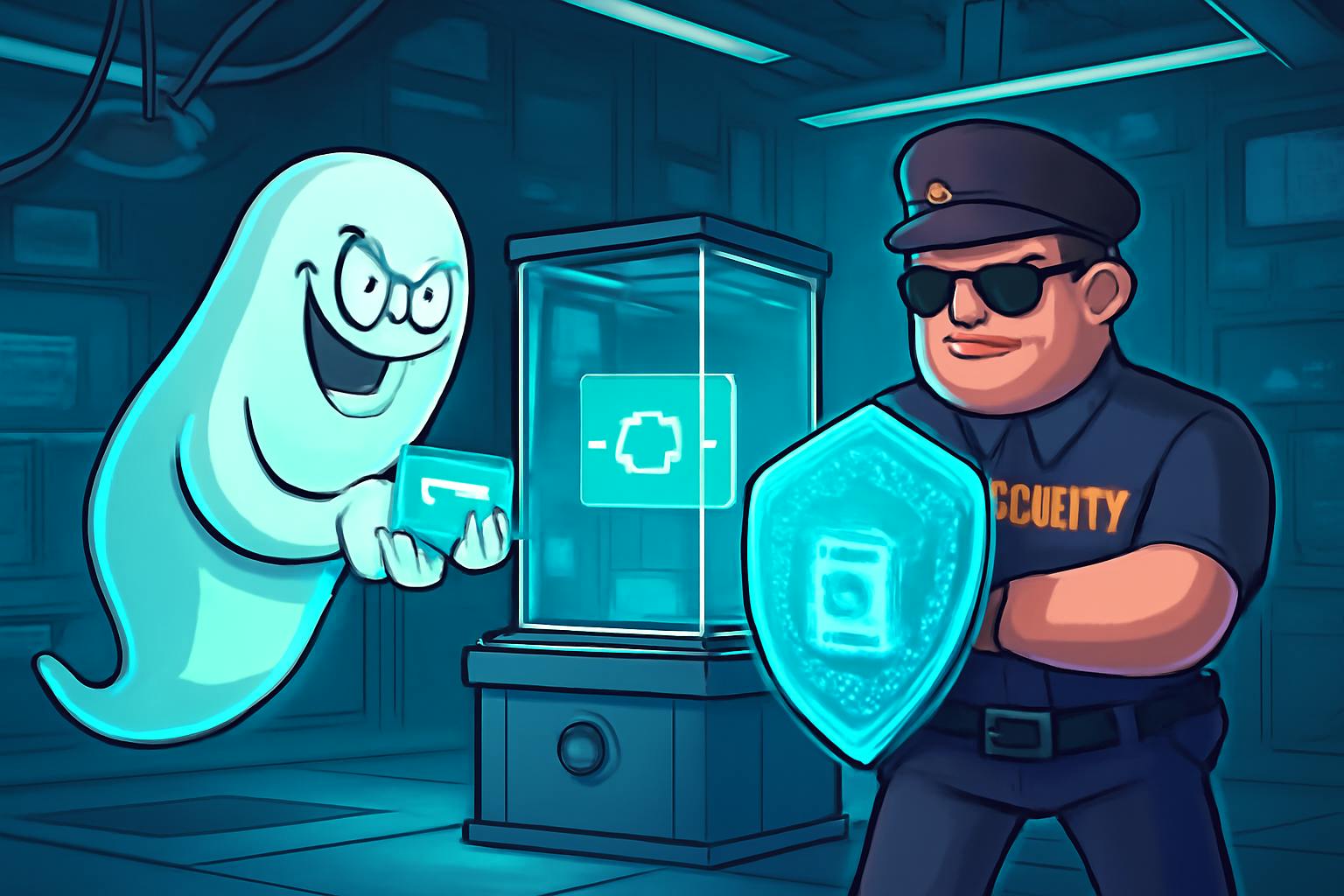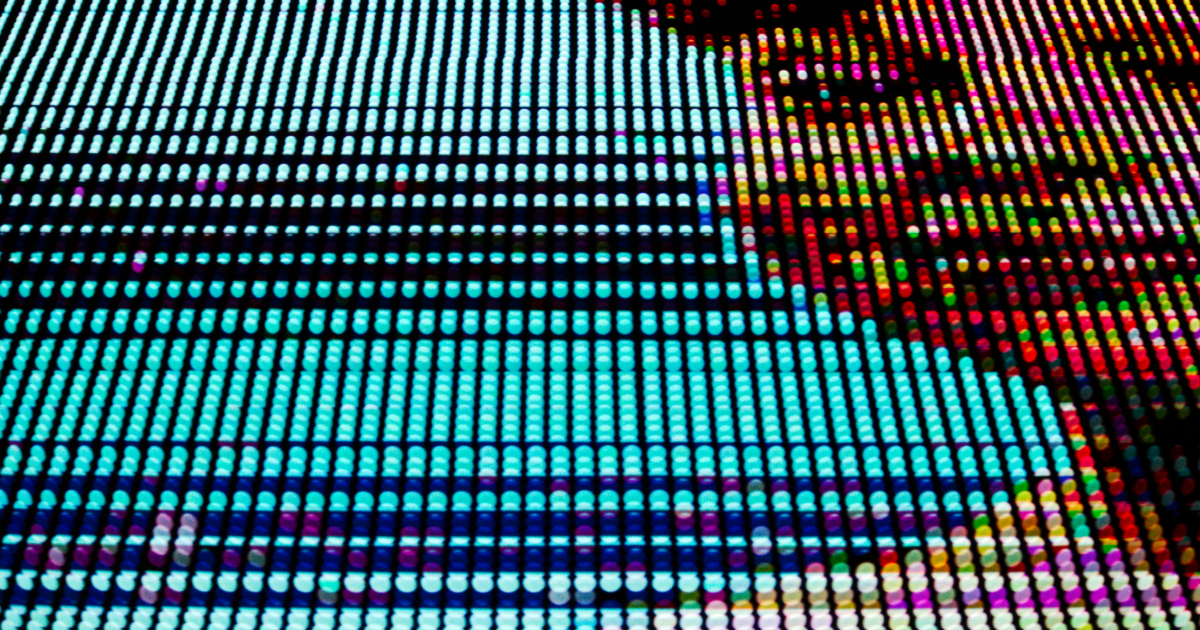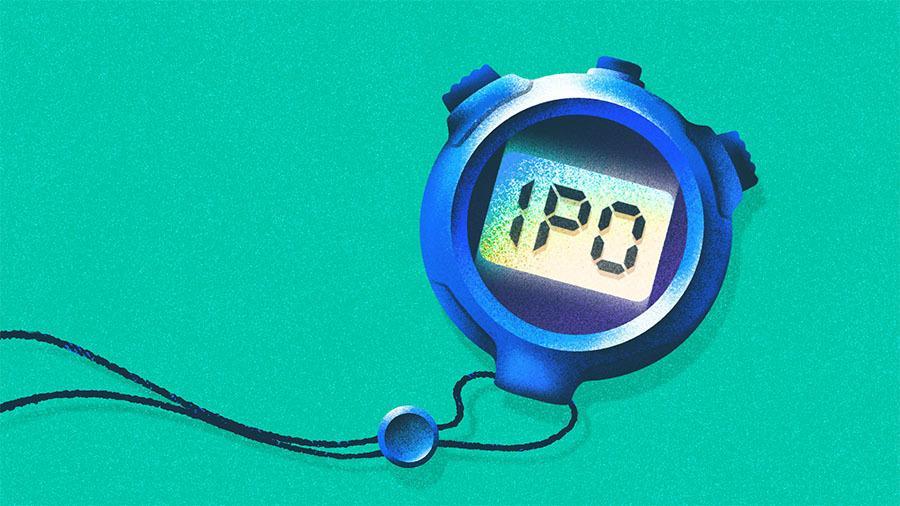If you’ve noticed that some YouTube Shorts look strange, you’re not alone. YouTube is applying an upscale filter to some Short videos, without permission from the videos’ creators, and it can make some videos look like AI-generated content.
The discovery, which was partly brought to light by popular music-focused YouTuber Rhett Shull, shows a clear pattern of videos being subtly changed with a mysterious filter after they’ve been uploaded. This isn’t just a minor tweak; it’s a change that makes the videos look artificial, almost like AI-generated deepfakes, which is obviously a massive problem for creators who rely on audience trust.
The whole thing came to light when Shull noticed something was off with his videos, as well as those of his friend and fellow YouTuber Rick Beato. When comparing the same video uploaded to both Instagram and YouTube, a clear difference emerged. On YouTube, the video had a bizarre, smeary quality to it, almost like an oil painting.
The details of Shull’s hair looked unrealistic, his shirt wrinkles were smoothed out, and even the logo on his t-shirt appeared distorted. It’s a subtle effect at first, but once you see it, you can’t unsee it. He even had his wife, a professional photographer, look at it, and she immediately said the YouTube version looked fake. This isn’t an isolated incident; a Reddit thread from a few months ago already had users pointing out similar issues, with screenshots showing changes to videos from popular creators like Hank Green.
The main issue here is the complete lack of consent. YouTube is taking content that creators have spent a ton of time and effort on and altering it without their knowledge or permission. Then there’s the fact that it downgrades the video because it looks worse.
The Atlantic asked Google about this, and the company admitted to tampering with videos. The response was, “We’re running an experiment on select YouTube Shorts that uses image enhancement technology to sharpen content. These enhancements are not done with generative AI.”
Generative AI, in this case, is adding things to videos that were not there before. The company is still using tech that is similar to the idea of generative AI to make videos look better, or in this case, worse. When asked again about the changes, the official Team YouTube account on Twitter/X said the changes were part of “an experiment to improve video quality with traditional machine learning — not GenAI.”
The company claims it’s a way to unblur, denoise, and improve clarity. This is a bit of a tricky statement, though, because there’s not much difference to the end user. Regardless of the technical terms, the end result is a video that looks artificial.
It’s hard to believe that YouTube rolled this out without a clear announcement or opt-in for creators. Technically, the company owns the videos on its platform and can take them down at any time, but modifying videos is a completely different concept.
Source: YouTube/X, The Atlantic

